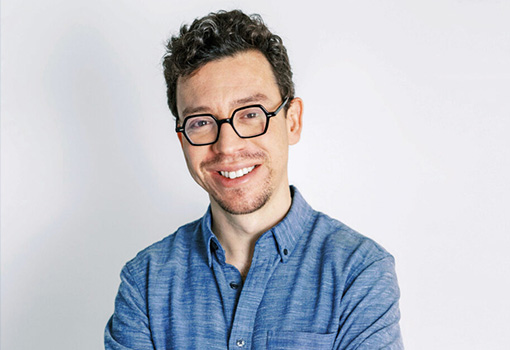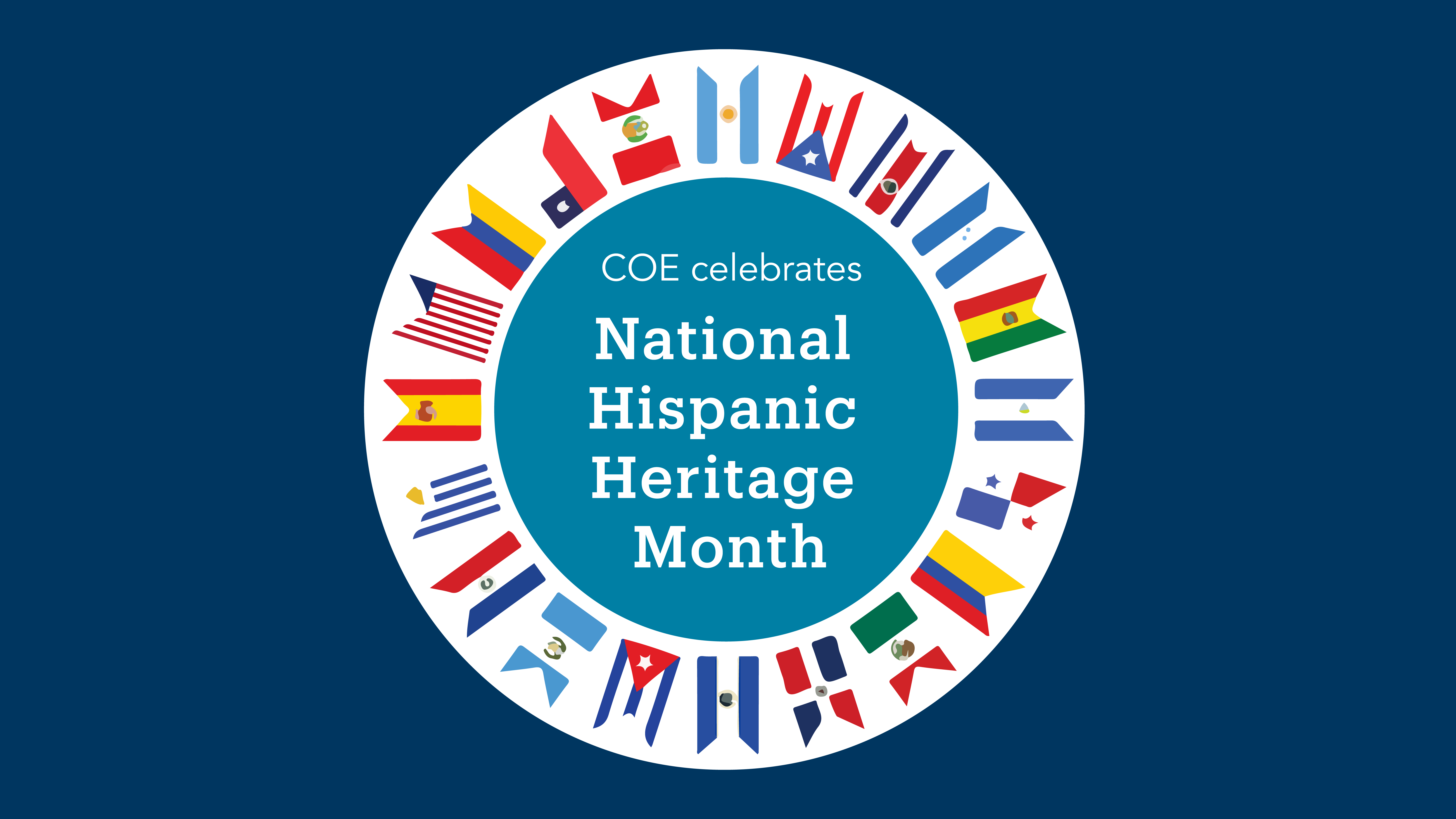
National Hispanic Heritage Month
Each year, Americans observe National Hispanic Heritage Month from September 15 to October 15, by celebrating the histories, cultures, and contributions of American citizens whose ancestors came from Spain, Mexico, the Caribbean, and Central and South America.
The observation started in 1968 as Hispanic Heritage Week under President Lyndon Johnson and was expanded by President Ronald Reagan in 1988 and enacted into law to cover a month-long period, starting on September 15 and ending on October 15. The day of September 15 is significant because it is the anniversary of independence for the Latin American countries Costa Rica, El Salvador, Guatemala, Honduras, and Nicaragua. In addition, Mexico and Chile celebrate their independence days on September 16 and September 18, respectively.
To commemorate National Hispanic Heritage Month, the College of Engineering at UC Santa Barbara is recognizing and celebrating members of the Hispanic and Latinx community who have made or are currently making remarkable contributions to engineering and related STEM disciplines while inspiring others in the process. We believe that diversity is truly indispensable in the college and that richly varied perspectives and lived experiences enhance creativity and innovation, leading to better engineered solutions. Here, we shed light on some inspiring members of the COE and greater Hispanic and Latinx communities.
We Are Proud to Honor

A first-generation college student, Steven Gomez is a materials PhD student at UCSB. Gomez became interested in materials science while completing his bachelor’s degree in chemical engineering at UCLA. At the suggestion of a mentor, he enrolled in a materials science class and was “blown away” by how relevant the field was to solving grand challenges through clean energy, computing, and biotechnology. Advised by materials professor Stephen Wilson, Gomez’s research is focused on tuning magnetic and electronic properties in quantum materials through chemistry. He attributes his success to the resume advice, internships, professional workshops, networking, social events, and interview preparation he received while a member of UCLA’s Chapter of the Society of Hispanic Professional Engineers (SHPE). At UCSB, he also serves as a graduate advisor for the UCSB SHPE Chapter, known as Los Ingenieros, in order to pay it forward and help students understand what they need to do to get where they want to go. Gomez encourages all students to become involved outside of the classroom by joining an organization, because they provide what aspiring engineers need to thrive as students: professional, social, academic, and leadership skills, all in one place.
As a child in Mexico, Guillermo González Camarena showed tremendous innovation and creativity. At the age of six, when armed conflict cut off the local supply of electricity, González Camarena created a way to ensure that his entire household had light and electricity. When he was seven, he started making his own electronic toys. Then, in 1940, at the age of 23, his tenacity and creativity paid off when he was awarded a patent for the very first color television transmissions system, a chromoscopic adapter that allowed black and white cameras to capture color. When he realized that his invention would be prohibitively costly for low-income families, he created a simplified bicolor system to ensure that his technology would be accessible to everyone. González Camarena built by hand all of the equipment used for Mexico’s and Latin America’s first television station, XE1-GC. He also championed tele-education for medical school and the use of TVs for transmitting educational shows to remote, school-less locations in Mexico. González Camarena’s work provided a foundation for the modern color televisions that followed, and NASA used his mechanism aboard Discovery I in 1979 to transmit images from Jupiter.


A first-generation college student, Jorge Gutierrez is a fourth-year electrical engineering major at UCSB. He realized that he wanted to become an engineer when he was seven years old, after he became terrified watching the dystopia projected in the movie, Wall-E. He decided then that he wanted to do his part to prevent that animated reality from becoming an actual reality. Gutierrez serves as co-chair of Los Ingenieros (LI), the UCSB student chapter of the Society of Hispanic Professional Engineers (SHPE), which prepares Hispanic students to succeed in college and become leaders in STEM. Gutierrez says that LI forever changed his life for the better and led to new friendships, mentors, scholarships, and research opportunities. He encourages all students to become involved with campus organizations, saying that they will enrich their lives in multiple ways. A UC LEADS scholar, Gutierrez conducted summer research at UC Irvine, focusing on the fabrication of thin-film transistors for microrobotics. After completing his bachelor’s degree, he plans to enter the semiconductor industry. Ultimately, he hopes to start a company that focuses on providing renewable solar panels to impoverished communities.
José Hernández, a graduate of UCSB’s Electrical and Computer Engineering Department, went from working in the fields alongside his family — he did not learn to speak English until the age of 12 — to orbiting the Earth as a NASA astronaut. After earning his bachelor’s degree in electrical engineering from the University of the Pacific, Hernández earned a master’s degree from UCSB in 1986. He went on to work at the Lawrence Livermore National Laboratory, where he co-developed the first full-field digital mammography imaging system for early detection of breast cancer. Hernández entered NASA’s astronaut program in 2004, but only after he was accepted on his twelfth attempt. He spent fourteen days in space in 2009 as a flight engineer on board STS-128, a NASA Space Shuttle mission to the International Space Station. During the mission, he became the first person to send a tweet in Spanish from space. Hernández now runs his own aerospace company, working with companies like Boeing and Lockheed Martin, and he runs a non-profit to inspire youth to follow their dreams. Last year, Gov. Gavin Newsom appointed Hernández to the University of California Board of Regents. Amazon Studios is producing a biofilm, A Million Miles Away, based on Hernández’s inspirational story, starring Michael Pena as the UCSB graduate.
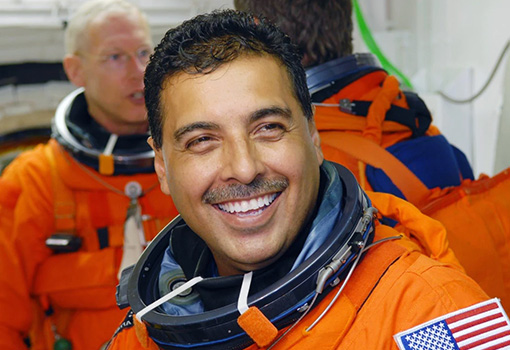

Scarlin Hernandez was born in the Dominican Republic and moved to Brooklyn with her family when she was four years old. After high school, she was awarded a full, four-year scholarship from the National Science Foundation to attend Capitol Technology University. Before earning a computer engineering degree, she started a Society of Women Engineers (SWE) chapter at the university. After graduation, Hernandez started working at NASA, where she is now a spacecraft engineer for NASA’s signature space mission, the James Webb Space Telescope (JWST). She wrote and tested codes for different systems that are used to command the JWST in space, maintaining its position and orientation. In July, NASA released the first full-color images from the world’s largest and most powerful space telescope, demonstrating the JWST’s power and ability to unfold the hidden universe.
Ellen Ochoa has broken through many barriers in her career, including the Earth’s atmosphere. In 1991, after receiving a bachelor’s degree in physics from San Diego State and her master’s and PhD in electrical engineering from Stanford University, Ochoa was selected as NASA’s first female Hispanic astronaut. She completed four missions and spent more than nine hundred hours in space, using her knowledge about physics and engineering to work on flight hardware and software, robotics, and space station design, even inventing a new optical analysis system to detect defects in a repeating pattern. She was later promoted to director of the Johnson Space Center, becoming the first Hispanic director and only the second female director of the center. After retiring from the Johnson Space Center in 2018, she became vice chair of the National Science Board (NSB), which runs the National Science Foundation. She became NSB chair in 2020.
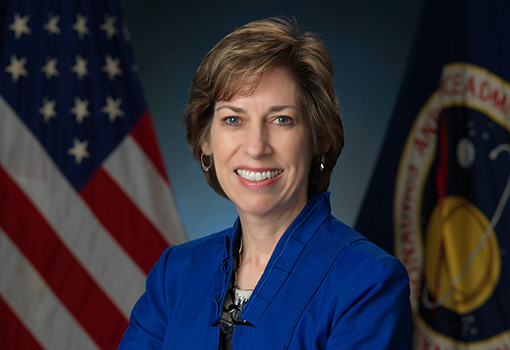
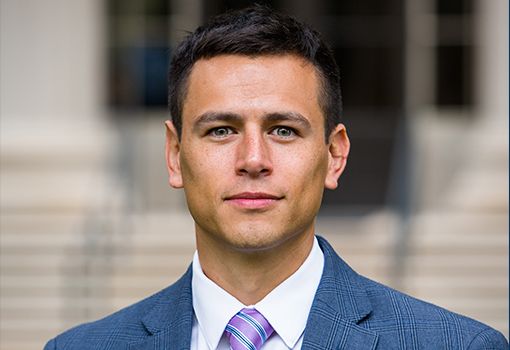
Daniel Oropeza will join UCSB’s Materials Department as an assistant professor in July 2023. His research focuses on developing materials and manufacturing technologies, while mapping correlations between process parameters, material microstructure, and component properties, to enable the next generation of structural and multi-functional materials. Daniel grew up in Mexico and Germany prior to immigrating to the United States with his family in the early 2000s. His enjoyment of math and science during his childhood, along with exposure to airplanes and spacecraft during air shows and museum visits in his childhood, led him to pursue bachelor’s degree in aerospace engineering from The University of Texas at Austin and later a master’s degree in aeronautics and astronautics from Stanford University. After working at Lockheed Martin for a few years, Daniel attended the Massachusetts Institute of Technology where he received his PhD in mechanical engineering. Currently, he is a postdoctoral fellow in the Materials and Manufacturing Technology Research Group at NASA’s Jet Propulsion Laboratory. Daniel has mentored students from underrepresented minorities throughout his academic and professional career, serving as a graduate diversity ambassador and undergraduate research mentor at MIT, and volunteering for Big Brother Big Sisters and Project Lead the Way. He hopes to continue supporting and guiding students of all backgrounds toward STEM fields and advancing the field of materials and manufacturing of aerospace structures throughout his career.
Daniela Rivera Mirabal is a second-year chemical engineering PhD student, who is co-advised by Rachel Segalman and Scott Shell. Born and raised in Puerto Rico, she earned a bachelor’s degree in chemical engineering from the University of Puerto Rico at Mayagüez (UPRM). Rivera Mirabal has been passionate about environmental sustainability since she was a child, and she decided to become an engineer in order to develop novel materials for environmental applications. A recipient of a National Science Foundation’s Graduate Research Fellowship, she performs atomistic simulations at UCSB to understand the molecular-level interactions of polymers. Her research is aimed at providing insight into how to leverage the chemistry of polymers to control their shape and properties. This work will guide the development of new materials having tunable properties for a wide set of applications. While at UPRM, Rivera Mirabal served as the vice president and board member of the university’s chapter of the Society of Hispanic Professional Engineers. She said that the organization gave her hope for the future and showed her how, with limited resources, their chapter could prepare students to succeed as professionals and widen the pipeline for Hispanic engineering students. She believes that STEM research is a powerful vehicle for change, and that different perspectives and life experiences are essential because they provide innovative solutions to existing problems.
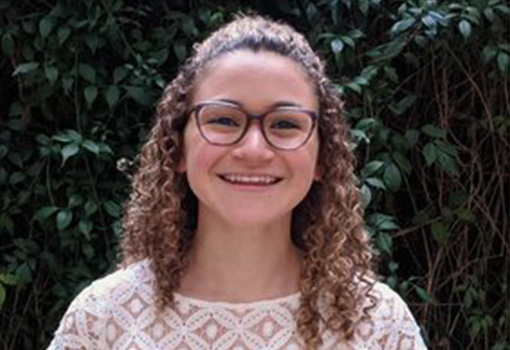
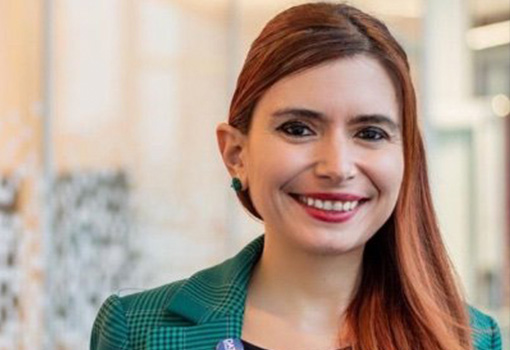
Saiph Savage is an assistant professor at Northeastern University in the Khoury College of Computer Science. Savage earned a bachelor’s degree in computer engineering from the Universidad Nacional Automona de Mexico (UNAM), and received her master’s and PhD in computer science from UC Santa Barbara, where she was advised by computer science professor Tobias Höllerer. Recently, Savage received a grant from the National Science Foundation to study human-centered artificial intelligence to empower rural workers, being named one of the MIT Technology Review’s 35-Under-35 Innovators for her civic AI research. Savage was also recognized by UNESCO as being among the one hundred most impactful AI researchers in the world, being noted, especially, for how she is using AI to empower workers. She also holds several leadership positions, including as a committee member of the Latin American ACM SIGCHI, and as a technology policy fellow for the Center of Democracy and Technology and the Federation of American Scientists. Her research has been presented and adopted by presidencies in Latin America to drive better citizen-government collaborations. Previously, she worked at Intel Labs, Microsoft Bing, Carnegie Mellon University, the University of Washington, and West Virginia University.
Born and raised in Guatemala City, Luis von Ahn received his first computer when he was eight years old. He went on to earn a bachelor’s degree in mathematics from Duke University and a PhD in computer science at Carnegie Mellon University, where he is now a faculty member. von Ahn is the co-creator of CAPTCHA, the challenge-response test used in computing to determine if the user is human to prevent spam and nefarious extraction from websites. In 2007, he created reCAPTCHA, using advanced risk-analysis techniques to tell humans and bots apart and protect websites from spam. Currently, von Ahn serves as the chief executive officer of Duolingo, a language education platform that he developed with a graduate student to make language education free and accessible to everyone. The platform offers nearly forty languages and has around forty million active users each month. During the COVID-19 pandemic, Duolingo moved up its global release of a literary app for young children. Duolingo ABC combats problems of global illiteracy and gives more children the opportunity for social mobility through learning to read and write in English.
